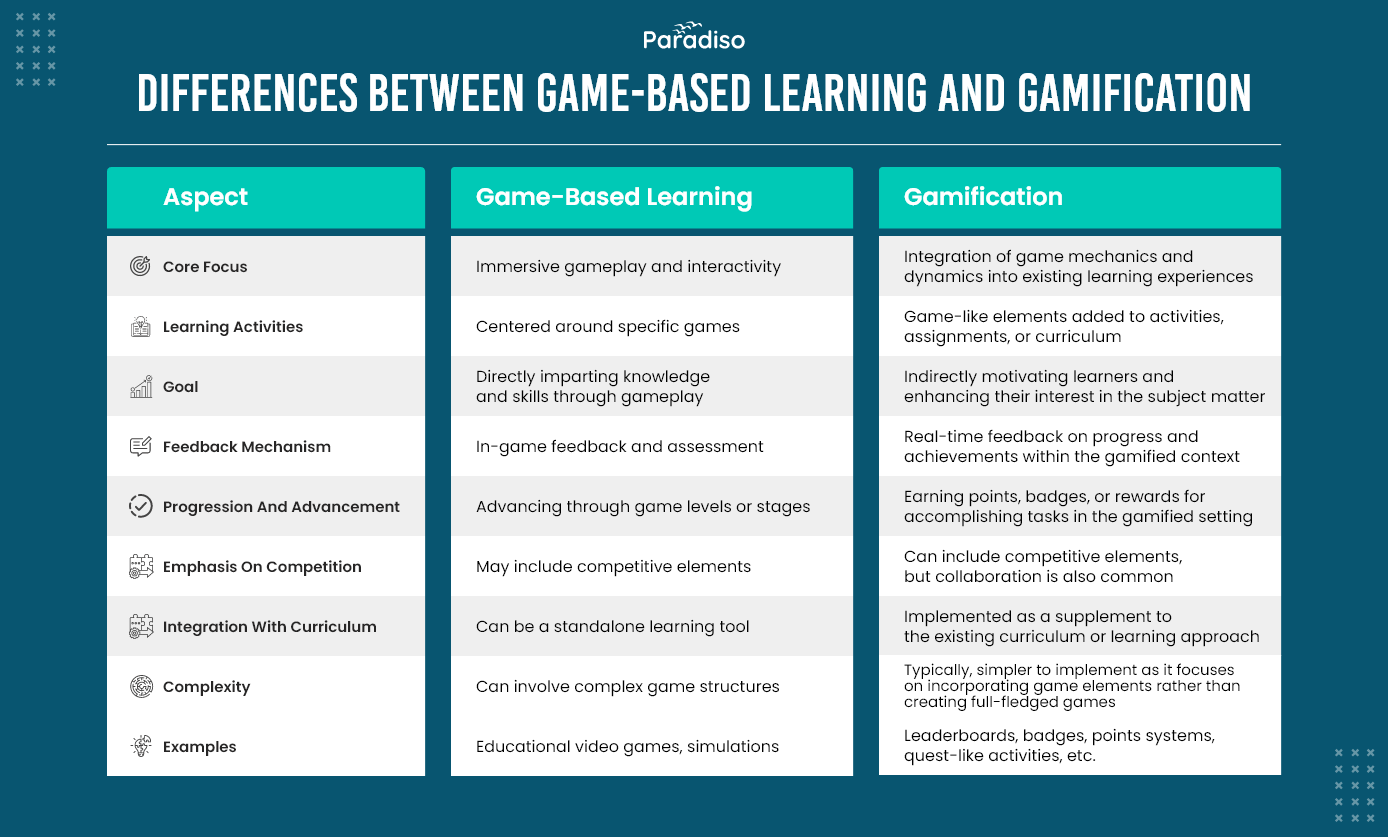In the ever-evolving landscape of education and training, innovative methods are constantly emerging to enhance learning experiences and foster deeper engagement among learners. Two such approaches that have gained considerable attention are Game-Based Learning (GBL) and Gamification. Both these techniques leverage elements of games to facilitate learning, but they differ significantly in their implementation and impact.

We have
something for you!
Are you still figuring out which LMS is the best? Grab the chance to explore the LMS Buyer's Guide and get started.












